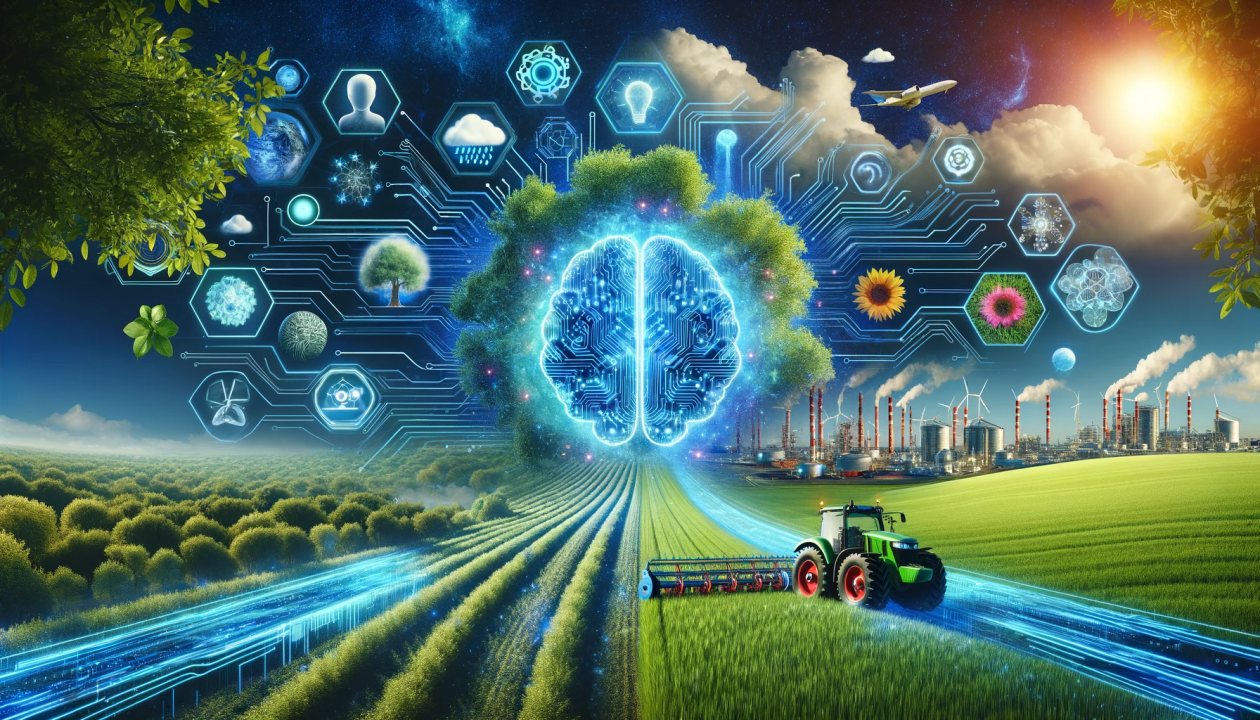Artificial Intelligence (AI) is rapidly becoming an integral part of modern life, driving innovation across industries. However, as AI technology advances, it’s essential to understand its growing impact on the environment. While AI offers powerful solutions, it also introduces new environmental challenges that require careful consideration.
How Does AI Affect the Environment?
AI systems, especially those powered by deep learning and large language models, require significant computational resources. These demands translate into energy consumption, hardware usage, and environmental costs throughout the AI lifecycle—from development to deployment.
Key Environmental Impacts of AI
High Energy Consumption
Training complex AI models, such as large neural networks, requires vast amounts of electricity. Data centers powering AI research and services can consume millions of kilowatt-hours, contributing to carbon emissions unless sourced from renewable energy.
Carbon Footprint of Training Models
Studies have shown that training a single large AI model can produce as much CO₂ as the lifetime emissions of several cars. As models become more sophisticated, the environmental cost of training and maintaining them increases significantly.
E-Waste Generation
AI’s reliance on powerful hardware accelerates the production and disposal of electronic components. Rapid advancements often lead to shorter hardware life cycles, increasing electronic waste and resource extraction demands.
Water Usage in Data Centers
Cooling systems in data centers, which house AI servers, consume large amounts of water to maintain optimal temperatures. This water footprint adds another layer to AI’s environmental impact, especially in regions facing water scarcity.
Potential for Sustainable Solutions
On the positive side, AI can be harnessed to address environmental challenges:
- Optimizing Energy Use: AI can improve the efficiency of buildings, transportation, and industrial processes.
- Climate Modeling: AI enhances climate predictions and helps develop strategies for disaster management.
- Environmental Monitoring: AI-powered systems can track deforestation, pollution, and wildlife populations in real time, supporting conservation efforts.
Balancing AI Growth and Environmental Responsibility
The environmental impact of AI cannot be ignored, but there are strategies to mitigate its footprint:
- Green AI Practices: Focus on energy-efficient models and reduce computational waste.
- Sustainable Infrastructure: Promote the use of renewable energy in data centers.
- Regulatory Standards: Encourage policies that guide the sustainable development of AI technologies.
Conclusion
AI holds tremendous potential to drive progress and solve global challenges, including those related to the environment. However, it is crucial to balance this innovation with sustainable practices. By adopting eco-conscious strategies, the tech industry can ensure that AI’s growth does not come at the cost of the planet.







Leave feedback about this